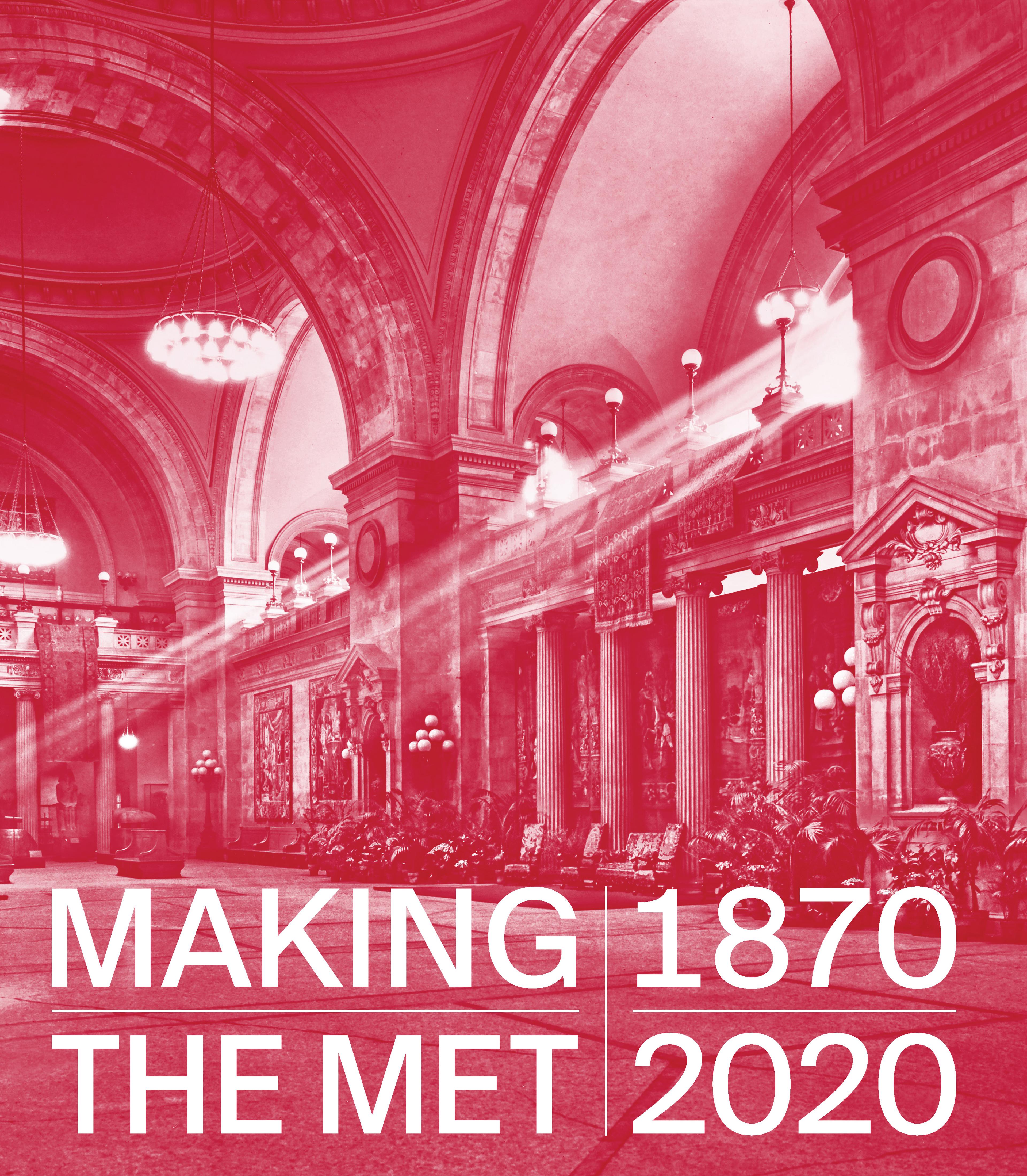Sunset on the Sea
The group of paintings called "The Last Summer's Work," left behind in Kensett's summer studio at Darien, Connecticut, at his death in December 1872, was the subject of great wonder and fascination among the artist's admirers, friends, and eulogists who gathered in tribute to him later that month at the Century Club. Their wonder was a factor partly of sheer novelty, for none of the works had been seen before, and as a body they were interpreted to be Kensett's ultimate testament of his vision and sensibility. To the assembled, however, none of those pictures better represented the absolute expression of the artist's distilling and suggestive eye than this, in which he eliminated any evidence of landfall but, in a way reminiscent of few artists but J. M. W. Turner, introduced a radiant sun suspended above the open ocean. "It is pure light and water, a bridal of the sea and sky," averred one of the eulogists, and asked, "Is it presumption in a poor novice in art like me, to say that this is a great picture?"
Artwork Details
- Title:Sunset on the Sea
- Artist:John Frederick Kensett (American, Cheshire, Connecticut 1816–1872 New York)
- Date:1872
- Culture:American
- Medium:Oil on canvas
- Dimensions:28 x 41 1/8 in. (71.1 x 104.5 cm)
- Credit Line:Gift of Thomas Kensett, 1874
- Object Number:74.3
- Curatorial Department: The American Wing
More Artwork
Research Resources
The Met provides unparalleled resources for research and welcomes an international community of students and scholars. The Met's Open Access API is where creators and researchers can connect to the The Met collection. Open Access data and public domain images are available for unrestricted commercial and noncommercial use without permission or fee.
To request images under copyright and other restrictions, please use this Image Request form.
Feedback
We continue to research and examine historical and cultural context for objects in The Met collection. If you have comments or questions about this object record, please contact us using the form below. The Museum looks forward to receiving your comments.
